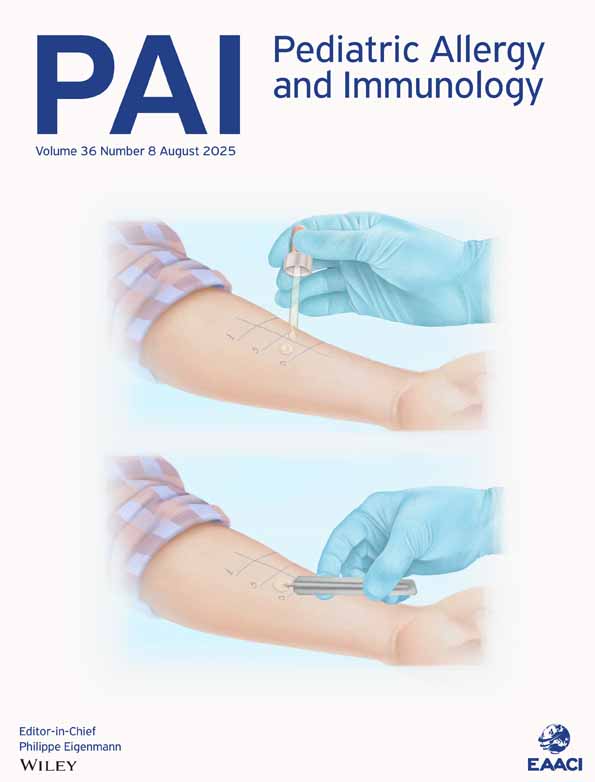Mode of delivery and development of atopic disease during the first 2 years of life
Abstract
It has been hypothesized that cesarean delivery might have an impact on the development of atopic diseases because of its gut flora modulating properties. In the present study, we analysed the association between cesarean delivery and atopic diseases using data of 2500 infants enrolled in the LISA-Study, a German prospective multicenter birth cohort study. Data on symptoms and physician-diagnosed atopic diseases were gathered by questionnaires shortly after birth and at infant's age 6, 12, 18, and 24 months. In addition, sensitization to common food and inhalant allergens was assessed by measuring specific immunoglobulin E (IgE) using the CAP-RAST FEIA method at the age of 2 yr. Confounder-adjusted odds ratios (aOR) with 95% confidence intervals (CI) were calculated by multiple logistic regression. We found a positive association between cesarean delivery and occurrence of at least one episode of wheezing [aOR 1.31 (95% CI 1.02–1.68)] and of recurrent wheezing [1.41 (1.02–1.96)] during the first 2 yr of life. Furthermore, effect estimates for allergic sensitization defined as at least one specific IgE ≥0.70 kU/l against any allergen [1.48 (0.98–2.24)], against food allergens [1.64 (1.03–2.63)], and against inhalant allergens [1.75 (0.98–3.12)] were increased. Symptoms of atopic dermatitis [1.21 (0.92–1.59)], physician-diagnosed atopic dermatitis [1.04 (0.79–1.39)], and symptoms of allergic rhinoconjunctivitis [1.40 (0.80–2.44)] were only marginally increased in children delivered by cesarean section. In conclusion, our results suggest that cesarean delivery may be an additional risk factor for wheezing and allergic sensitization at least to food allergens up to the age of 2 yr. This should be considered when cesarean section is done for other than medical reasons.




